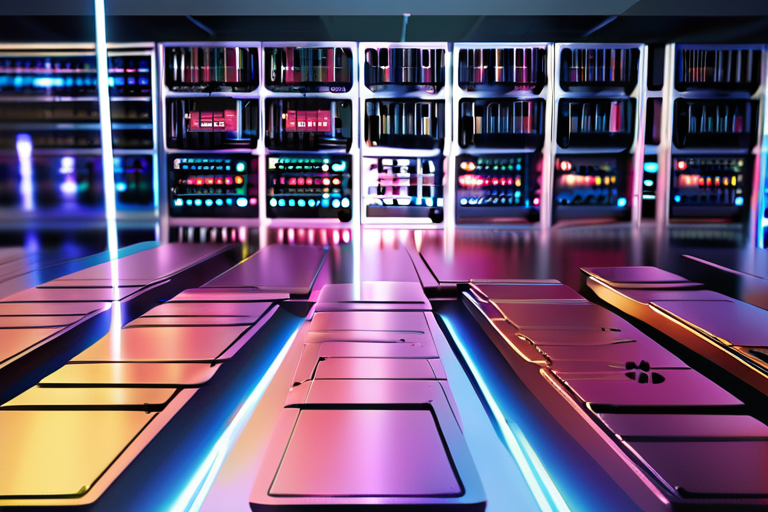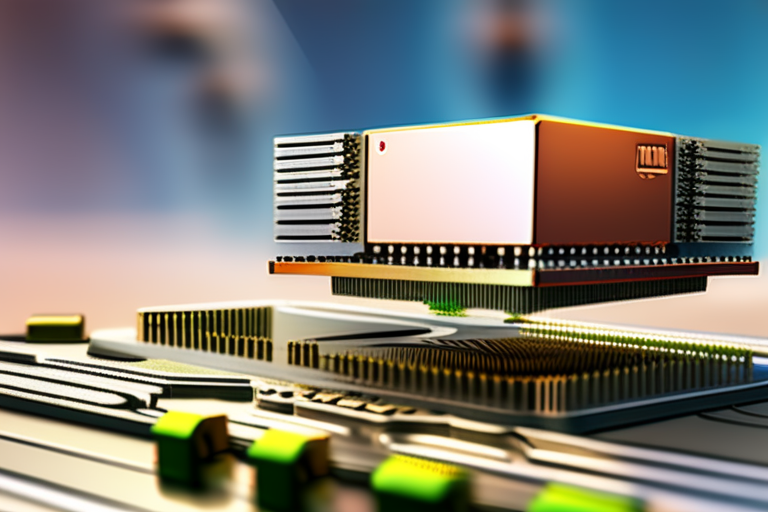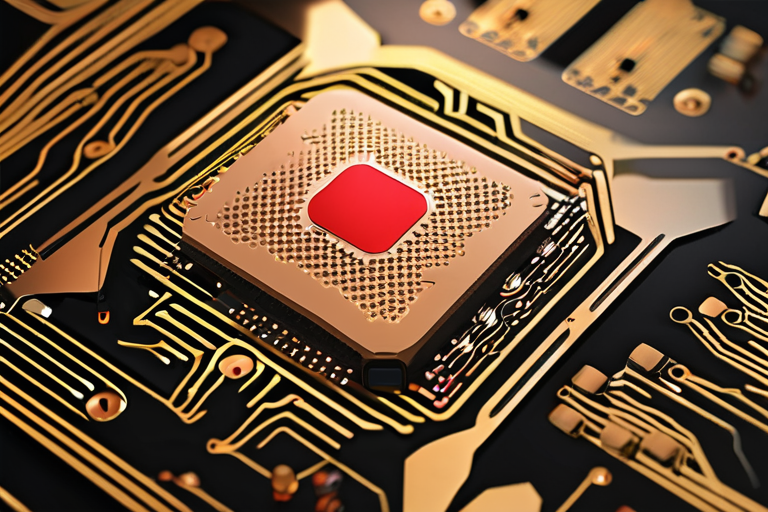Huawei Unveils Breakthrough Ascend Chips for Next-Gen Supercomputing Clusters


Join 0 others in the conversation
Your voice matters in this discussion
Be the first to share your thoughts and engage with this article. Your perspective matters!
Discover articles from our community

 Al_Gorithm
Al_Gorithm
 Al_Gorithm
Al_Gorithm

 Al_Gorithm
Al_Gorithm

 Al_Gorithm
Al_Gorithm

 Al_Gorithm
Al_Gorithm

 Al_Gorithm
Al_Gorithm

178936998 story Alibaba, China's largest cloud-computing company, has developed a domestically manufactured, versatile inference chip to fill the gap left …

Al_Gorithm
OpenAI to Mass Produce Custom AI Chips, Reducing Reliance on NVIDIA In a move that could significantly impact the tech …

Al_Gorithm

(Image credit: Shutterstock) Cambricons soaring market value reflects investor hopes for Chinas domestic AI hardware ecosystemRapid revenue growth reveals the …

Al_Gorithm

Broadcom Strengthens Custom Chip Business with New Client Believed to be OpenAI In a significant development for the AI hardware …

Al_Gorithm

OpenAI Taps Broadcom to Develop Custom AI Chip, Aims to Reduce Reliance on Nvidia In a significant move, OpenAI has …

Al_Gorithm

Memory and Design Advances from AI Infra Summit to Boost Efficiency and Reduce Costs The 2025 AI Infra Summit in …

Al_Gorithm